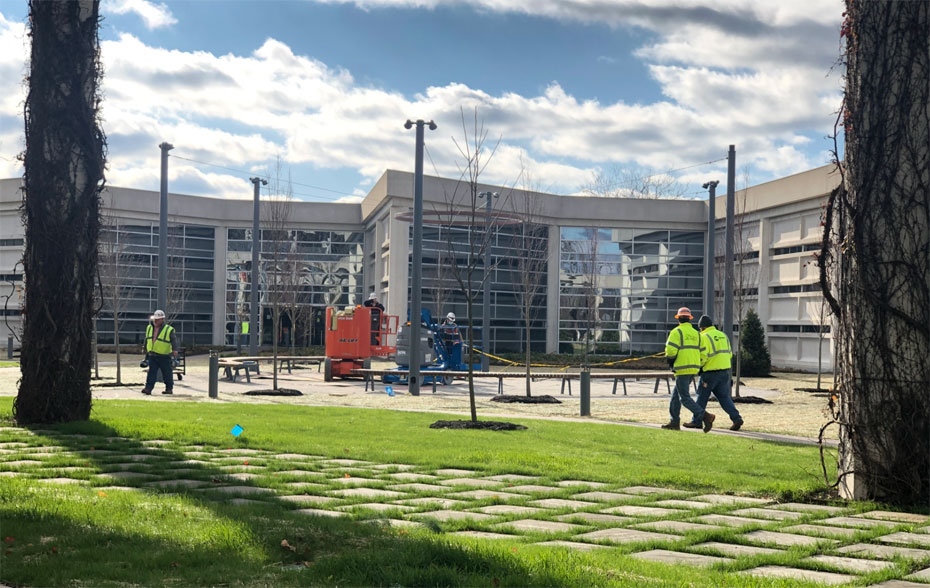 In late 2019, AEI scholars Daniel Cox, Karlyn Bowman, and Jacqueline Clemence conducted two nearly identical surveys to gauge the opinions of both Hoosiers and Americans more generally on a range of issues. Unsurprisingly, Hoosiers are like other Americans in many respects, though there are some topics on which responses provided by Indiana residents differed from those provided by non-Hoosiers.
In late 2019, AEI scholars Daniel Cox, Karlyn Bowman, and Jacqueline Clemence conducted two nearly identical surveys to gauge the opinions of both Hoosiers and Americans more generally on a range of issues. Unsurprisingly, Hoosiers are like other Americans in many respects, though there are some topics on which responses provided by Indiana residents differed from those provided by non-Hoosiers.
While non-Hoosiers view high taxes and poverty and homelessness as significant challenges for their own states, Hoosiers identify drug abuse and addiction as the state’s most “important problem.” Hoosiers likewise view issues pertaining to crime, public health, and low job quality to be important problems at rates greater than non-Hoosiers.
Challenges aside, 46% of Hoosiers believe Indiana to be a good state in which to raise a family. Hoosiers responded with more favorability about their own state than residents of states in the South, West, and Northeast. Interestingly, 50% of Midwesterners outside of Indiana indicated that their state is a “good place to raise a family.”
The question that prompted the starkest divergence between Hoosiers and non-Hoosiers focused on education. When asked how much education is “needed to get ahead in life,” 25% of Hoosiers responded with a “high school diploma” while 21% responded with a “four-year college degree.” Non-Hoosiers responded in the converse with 17% responding with a high school diploma and 28% responding with a four-year college degree.
Looking further at responses across the country, Hoosiers tend to value a high school diploma at a greater rate than any other region of the country. Likewise, Hoosiers seem to value a four-year degree less than any other region.
| Percentage who say ________ is needed to get ahead in life. | |||||
| Indiana | Midwest | Northeast | South | West | |
| A high school diploma | 25 | 18 | 18 | 16 | 15 |
| Some college or trade school | 48 | 54 | 43 | 44 | 44 |
| A four-year college degree | 21 | 22 | 28 | 30 | 31 |
| A post graduate degree | 6 | 5 | 11 | 8 | 10 |
Striking differences are also present among respondents between the age of 18 and 29. Nationally, 31% of older-teens and twenty-somethings believe a four-year college degree is needed to get ahead, while only 18% of young adult Hoosiers feel similarly. Meanwhile, 21% of national respondents between the age of 18 and 29 think a high school diploma is sufficient, while 41% of young Hoosiers believe a diploma is all that is needed to get ahead.
Of course, responses to such surveys capture feelings at a particular point in time. Hoosier attitudes could very well have changed in the year or so since AEI gathered these responses—though such changes seem unlikely.
This is because in reviewing responses to several questions around education, the AEI time finds “a strong correlation between familial expectations and educational outcomes.” Given that Indiana lags other states on educational attainment, it does not seem altogether surprising that so many Hoosiers think that only a high school diploma is needed to get ahead.
Meanwhile, these findings could partially explain Indiana’s ongoing challenges with job quality and productivity as identified by Brookings Institution scholars while also foreshadowing further challenges ahead. Indeed, it is important to note that economic crises—like the one brought about by Covid-19—tend to prompt changes in the labor market. As contraction and job losses give way to expansion and job creation, there is no guarantee that skills and education levels required of new jobs will match those required of the old. And as such labor market shifts occur, there is reason to believe those with more education do better than those with less.
A 2016 study from the Georgetown University Center on Education and the Workforce captures this clearly, finding that those with at least some college education captured nearly all—11.5 million of the 11.6 million—new jobs created in the years following the Great Recession. This same study finds that of the 11.6 million jobs created between 2010 and 2016, 8.4 million (72%) went to those with a bachelor’s degree or higher while 3.1 million (27%) went to those with an associate’s degree or some college.
While the current “k-shaped” recovery continues to highlight how those with baccalaureate degrees are pulling away from everyone else, there is also increasing skepticism about the future returns from higher-education.
Additionally, some thought leaders strive for a renewed emphasis on skilled trades. This discourse is boosted by new apprenticeship models that show signs of success. In this vein, our CICP colleagues at Ascend Indiana, in partnership with EmployIndy, recently launched a new Modern Apprenticeship initiative through which students in Indianapolis can earn college credits, relevant credentials, and professional experience all while working towards a high diploma.
Such efforts uniquely encourage both post-secondary attainment and practical work experience, thus opening a variety of opportunities for students to pursue in their future years. Because no one really knows what the future labor market will look like, this and other innovative approaches that encourage an embrace of education and adaptability will likely serve Hoosiers well. In the meantime, it is concerning how many Hoosiers—especially young Hoosiers—think a high school diploma is sufficient for economic success given that the evidence regularly suggests otherwise. It’s time to change that mindset.


